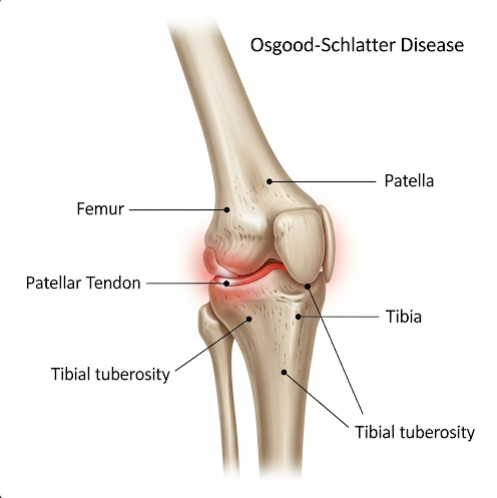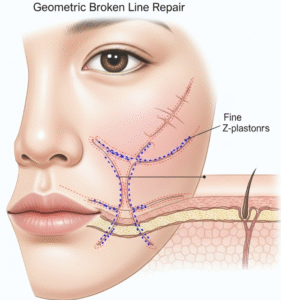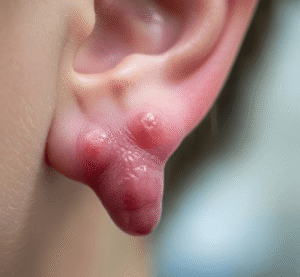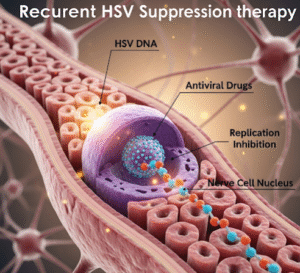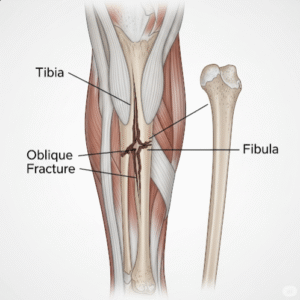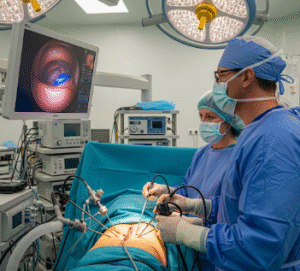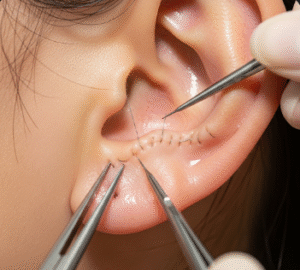Overview
Osgood-Schlatter Disease is a common knee condition that affects growing children and adolescents, especially those involved in sports that require running, jumping, or rapid changes in direction. It occurs when the tendon connecting the kneecap to the shinbone becomes irritated at the point where it attaches to the tibia, often leading to pain and swelling below the knee. In Korea, pediatric orthopedic specialists and sports medicine clinics offer effective treatment options to manage symptoms, support safe sports participation, and prevent long-term knee problems.
What is Osgood-Schlatter Disease?
Osgood-Schlatter Disease is an overuse injury of the knee that results in inflammation of the growth plate at the tibial tubercle — the bony prominence just below the kneecap. It typically develops during periods of rapid growth, when bones, muscles, and tendons are changing quickly. The condition is not a disease in the infectious sense but rather a temporary growth-related injury that usually resolves with time and proper care.
Symptoms
Common symptoms of Osgood-Schlatter Disease include:
- Pain, swelling, and tenderness just below the kneecap
- Pain that worsens with running, jumping, climbing stairs, or kneeling
- A visible or palpable bony bump at the tibial tubercle
- Stiffness in the knee joint, especially after exercise
- Improvement of pain with rest
Causes
The main cause of Osgood-Schlatter Disease is repetitive stress on the patellar tendon during growth spurts. This repetitive pulling can cause inflammation and micro-injuries at the tibial tubercle. Contributing factors include:
- Participation in sports involving frequent jumping or sprinting
- Rapid bone growth during puberty
- Tight quadriceps or hamstring muscles pulling on the knee joint
- Training without adequate rest periods
Risk Factors
Factors that increase the risk of developing Osgood-Schlatter Disease include:
- Age between 9 and 14 years (most common in boys) or 8 to 13 years (most common in girls)
- Active participation in sports such as basketball, soccer, volleyball, gymnastics, or figure skating
- Being in a growth spurt phase
- High training intensity without adequate recovery time
Complications
Although most cases resolve without long-term issues, potential complications can include:
- Persistent pain after the growth plates close
- A permanent bony bump at the tibial tubercle
- Reduced flexibility in the quadriceps muscles
- Rarely, small fractures of the tibial tubercle
Prevention
While not all cases can be prevented, steps can reduce the risk and severity of Osgood-Schlatter Disease:
- Ensuring proper warm-up and stretching before sports
- Avoiding excessive training and overuse during growth spurts
- Using knee pads or protective gear during sports
- Maintaining balanced strength and flexibility in the leg muscles
- Allowing adequate rest and recovery between high-intensity activities
Treatment Options in Korea
In Korea, Osgood-Schlatter Disease is typically managed with conservative measures until symptoms resolve naturally as growth completes:
- Activity modification to reduce stress on the knee
- Cold therapy to relieve pain and swelling after activity
- Anti-inflammatory medications to manage discomfort
- Physical therapy focusing on stretching the quadriceps and hamstrings, as well as strengthening the supporting muscles
- Knee support straps or braces to reduce tension on the tibial tubercle during sports
- In rare cases, surgical intervention if symptoms persist into adulthood and interfere with function
Specialized pediatric orthopedic clinics in Korea provide comprehensive care, from diagnosis with physical examination and imaging to tailored rehabilitation programs, ensuring children can return to sports safely and confidently.

